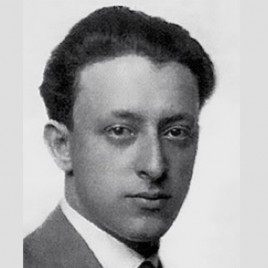Midweek Notes from a Practicing Writer
One of this past week’s highlights was my lunch last Thursday at the Lilith magazine offices. At the invitation of Editor-in-Chief Susan Weidman Schneider, I stopped by the book-filled space and, over some delicious food (including super-yummy mini-hamantaschen pastries for the Purim holiday), chatted with Susan and Managing Editor Naomi Danis.
Part of our discussion focused on Fig Tree Books (I’d brought along a galley of Jessamyn Hope’s Safekeeping), and some exciting possibilities for collaboration between Fig Tree and Lilith. Susan and Naomi also expressed a great deal of interest in my own writing, which I appreciated. Lilith occupies a fond place in my heart, since it was one of the first venues to publish a short story of mine—and the most recent to publish, on its blog, one of my poems.
Plus, I left lunch with a gift! Check out my nifty new tote bag!

An Unforgettable Evening at Lincoln Center
For a long time, I was known to describe Verdi’s as “my favorite Requiem.” The first time I attended a live choral performance, I was overwhelmed by it.
That was many years ago. Since that first performance, I have listened over and over to a CD. But Monday evening I attended another live performance. And I can’t quite find the words to articulate how extraordinary it was.
So I’ll borrow from others.
From the Defiant Requiem Foundation website:
The concert-drama, Defiant Requiem: Verdi at Terezín, tells the story of the courageous Jewish prisoners in the Theresienstadt Concentration Camp during World War II who performed the famous Verdi Requiem Mass while experiencing the depths of human degradation. With only a smuggled score, they performed the famous oratorio sixteen times, including one performance before senior SS officials from Berlin and a Red Cross delegation. Conductor Rafael Schächter told the choir, “We will sing to the Nazis what we cannot say to them.”
The concert was conceived and created by Foundation President, Maestro Murry Sidlin. The concert combines the magnificent music of Verdi with testimony from survivors of the original chorus and footage from a Nazi propaganda film on Theresienstadt. The performance also includes actors who speak the words of imprisoned conductor Rafael Schächter and other prisoners. This is not just another performance of the Verdi Requiem, but a tribute to the inspired leadership of Rafael Schächter who was forced to reconstitute the choir three times as members were transported to Auschwitz. The performances came to symbolize resistance and defiance and answering the worst of mankind with the best of mankind. The performance is powerful, dramatic and inspirational, with a contemporary message of hope.
The story of Terezín unfolds between each section of the Verdi score. The final concert/drama, running two hours without intermission, explains why the performances in 1943 and 1944 provided a beacon of hope for the prisoner choir and its audience.
Please also read this preview article from last week’s issue of The Jewish Week (it includes a great anecdote about the role a bookstore played in making the whole story known now). Then, if you’re so inclined, there’s an excellent documentary available as well. With music.
Concluding Thoughts
I’m finally beginning to send out an essay I’ve mentioned on this blog a number of times as being “in-progress”. I want to thank Mike Scalise again (I’ve already done so via private email) for responding so quickly and generously when I wrote to ask him for a bit of guidance. It’s strange, but as much as I love sharing resources with other writers, it’s often hard for me to accept—or even ask for—assistance for myself. So I’ll say it again: Mike, I’m so grateful.
